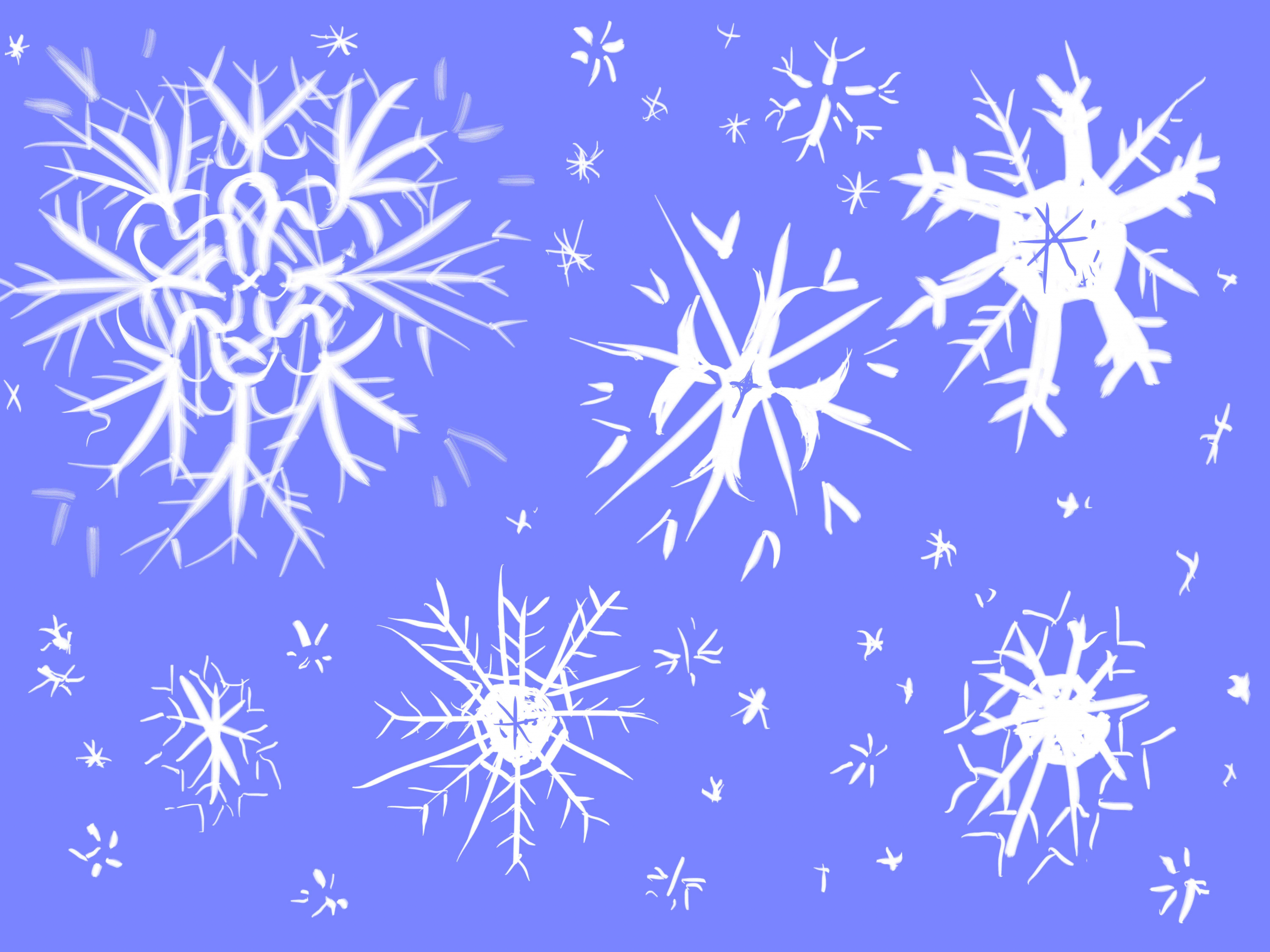The frosty, delicate beauty of a snowflake is a romantic symbol of wintertime — and in Canada, it’s still with us in spring. The six-edged figure of the snowflake is so iconic that it has become part of the emblem of several Winter Olympics to date.
In modern heraldry, the snowflake is often used as a silver-tinctured charge, emblazoned on the coats of arms of municipalities in northern Europe. Around dinner tables the snowflake is also commonly used as a serviceable cliché to highlight uniqueness, owing to the idea that no two snowflakes are the same.
But is this commonly held belief true?
It was the endearingly nicknamed Wilson Alwyn “Snowflake” Bentley who first introduced the idea. Bentley grew up in Jericho, Vermont, where he developed an interest in nature and attempted to draw representations of snow crystals he observed under a microscope given to him by his mother.
It should be noted that ‘snow crystal’ is the correct word used to define a singular crystal of solid, arranged water molecules whereas the term snowflake can describe a snow crystal or include multiple crystals that clump together.
On January 15, 1885, at the age of 19, Bentley became the first person to photograph a snowflake by catching one on a velvet blackboard, transferring it to a slide, and capturing its image with a bellows camera attached to a compound microscope before it melted. With his innovative photomicrographic techniques, he photographed over 5,000 images of snow crystals in intricate detail through his lifetime. In his celebrated book Snow Crystals, he notes the similarity of the general hexagonal shape, but also highlights “the endless variety in the details of a [snow crystals’] structure.”
In 1954, the physicist Ukichiro Nakaya published his groundbreaking study on snow crystal formation and shape. In a series of firsts, he showed that snow crystals formed when supersaturated water vapour cooled below zero degrees Celsius — the transition from vapour to solid leads to ice crystal formation and growth while the freezing of liquid water instead forms sleet.
Being the first to grow them artificially in the lab, Nakaya demonstrated how the intricate shapes of crystals are primarily determined by the tandem effects of temperature and humidity. While all snow crystals have a hexagonal symmetry due to the hydrogen bonding pattern of water in ice, each of them acquires their own features as they tumble from the clouds. Each crystal ultimately forms uniquely as it collects more frozen water molecules on its surface and delicately dances through the variable temperature and humidity of the sky.
This artificial creation of crystals laid the groundwork for the more recent efforts of Dr. Kenneth G. Libbrecht at the California Institute of Technology. Libbrecht has created what he refers to as ‘identical twin crystals’ using snow crystal producing machines to control crystal growth conditions. Upon first glance, these crystals appear to be identical but are not when closely examined.
According to Libbrecht, when one considers that isotopes of water can contain different forms of hydrogen or oxygen atoms, and that a large number of water molecules comprise one crystal, there is little to no chance that water molecules are identically arranged in two crystals.
So, are all snowflakes unique?
The answer depends on the scale. Examining snow crystals under a low powered microscope will make them seem identical, but more detailed analysis will show that no two snow crystals are identical.


